

A new mission, called the Interstellar Mapping and Acceleration Probe (IMAP), will carry a magnetometer built by Imperial physicists.
IMAP, due to launch in 2025, will observe and map the Sun’s heliosphere – the volume of space filled with particles streaming out from the Sun, known as the solar wind – and study how it interacts with the local galactic neighbourhood beyond.
It’s great for us but also great for the UK science community to get involved with this ground-breaking NASA mission. Professor Tim Horbury
Imperial’s magnetometer – MAG – will contribute to our understanding of the acceleration and transportation of charged particles in the heliosphere. It will do this by measuring the interplanetary magnetic field around the spacecraft. From these measurements, the MAG instrument will identify interplanetary shocks and measure the waves and turbulences that scatter particles.
The construction of MAG is funded by the UK Space Agency. As well as providing the instrument – one of 10 aboard IMAP – Imperial will provide ground support and personnel necessary to support the instrument and the IMAP science team.
Exciting science
Science Lead for the IMAP MAG, Professor Tim Horbury from the Department of Physics at Imperial, said: “IMAP will be doing some really exciting science that neatly fits with expertise we have at Imperial, both for understanding how particles get accelerated to the highest energies, and how our Sun interacts with our neighbourhood in the galaxy.
“It’s great for us but also great for the UK science community to get involved with this ground-breaking NASA mission. We are grateful to the UK Space Agency for the funding, which builds on previous investment in magnetometers at Imperial and has made us the go-to institution in the world for building these instruments.”
The IMAP MAG instrument will be based on the successful design and deployment of Imperial’s MAG instrument currently aboard the ESA Solar Orbiter mission.
Helen O’Brien, Instrument Manager for the Solar Orbiter and IMAP MAG instruments, said: “We are delighted with the way our MAG instrument aboard Solar Orbiter is performing following its first 18 months in space. The success means we can re-use most of the design, allowing us to get a new high-performance instrument into space quickly.”
Science Minister George Freeman said: “The UK’s first National Space Strategy sets out our ambition to collaborate internationally to consolidate our status as a science and technology superpower. This partnership between NASA and Imperial College London is an excellent example of how UK researchers are playing a leading role in some of the most important space science missions of recent times."
Space weather
As well as providing fundamental science insights, MAG will provide measurements for the IMAP Active Link for Real-Time (I-ALiRT) space weather monitoring service. With I-ALiRT, IMAP will enable new ways of forecasting space weather by streaming real-time observations of conditions headed towards Earth to operators on the ground.
Space weather is caused by variations in the solar wind coming from the Sun, which can disrupt and damage satellites and infrastructure on Earth. Monitoring the solar wind at various positions between the Sun and the Earth can improve predictions of potentially damaging events, and improve our understanding of how these events evolve.
IMAP will be positioned about one million miles (1.5 million kilometers) away from Earth towards the Sun at what is called the first Lagrange point or L1.

Professor Horbury said: “With IMAP in an ‘upstream’ position of Earth, Solar Orbiter getting closer and closer to the Sun, and the upcoming ESA Lagrange mission that will carry one of our magnetometers as well, this constellation of missions will give us a unique, distributed near-real-time space monitoring capability using UK-built instruments.”
Professor David McComas, the IMAP principal investigator from Princeton University, said: “The rest of the IMAP team and I are so pleased to have this partnership with the UK Space Agency and Imperial College London. International collaboration such as this makes our mission even stronger.”
Supporters

Article text (excluding photos or graphics) © Imperial College London.
Photos and graphics subject to third party copyright used with permission or © Imperial College London.
Reporters
Hayley Dunning
Communications Division

Contact details
Tel: +44 (0)20 7594 2412
Email: h.dunning@imperial.ac.uk
Show all stories by this author
Thomas Angus [Photographer]
Communications Division

Contact details
Tel: +44 (0)20 7594 2858
Email: t.angus@imperial.ac.uk
Show all stories by this author

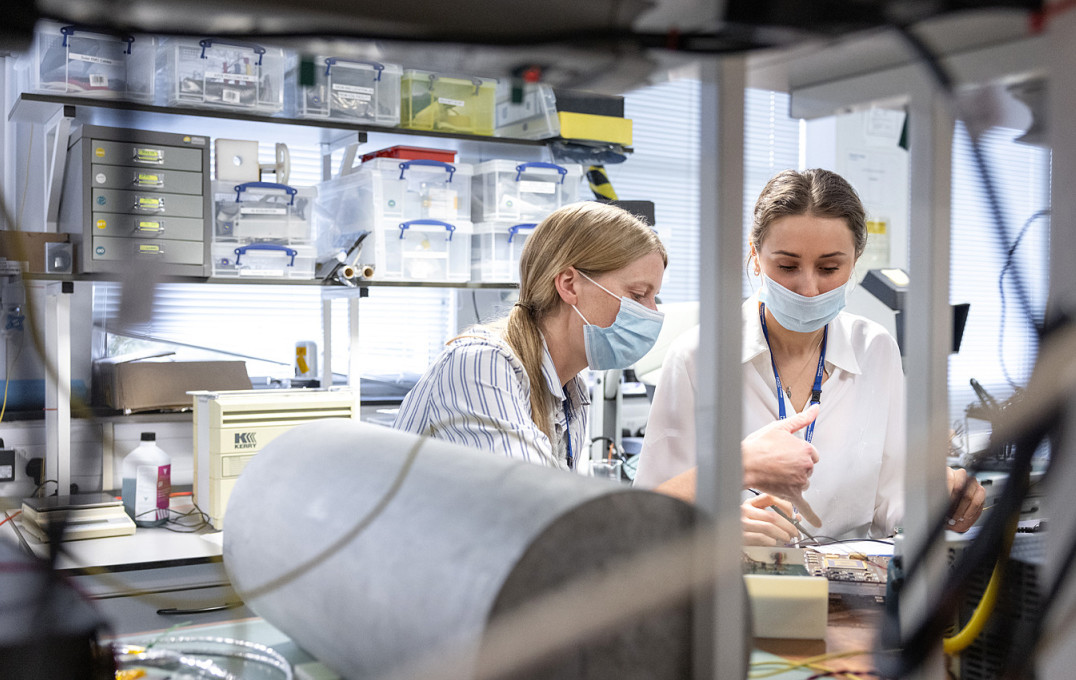
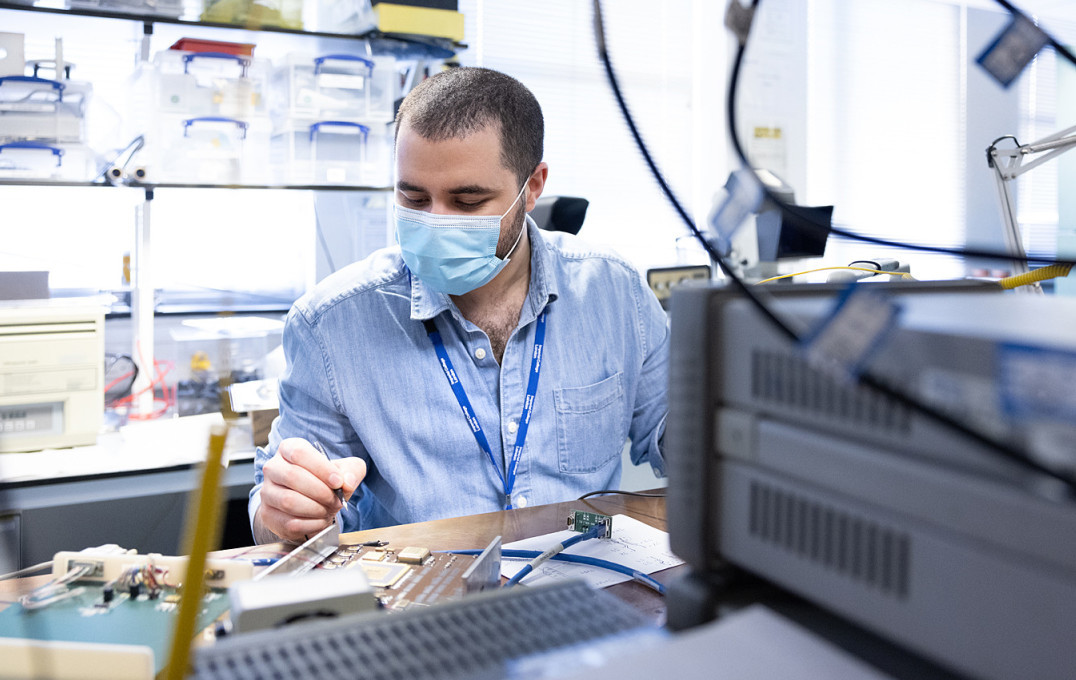
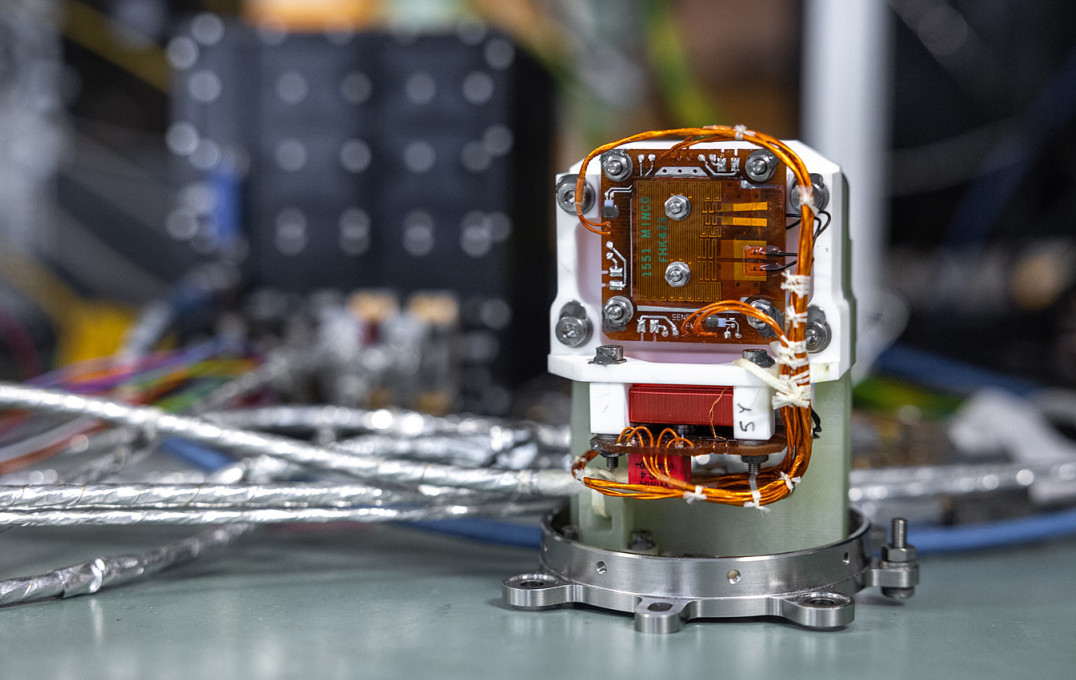
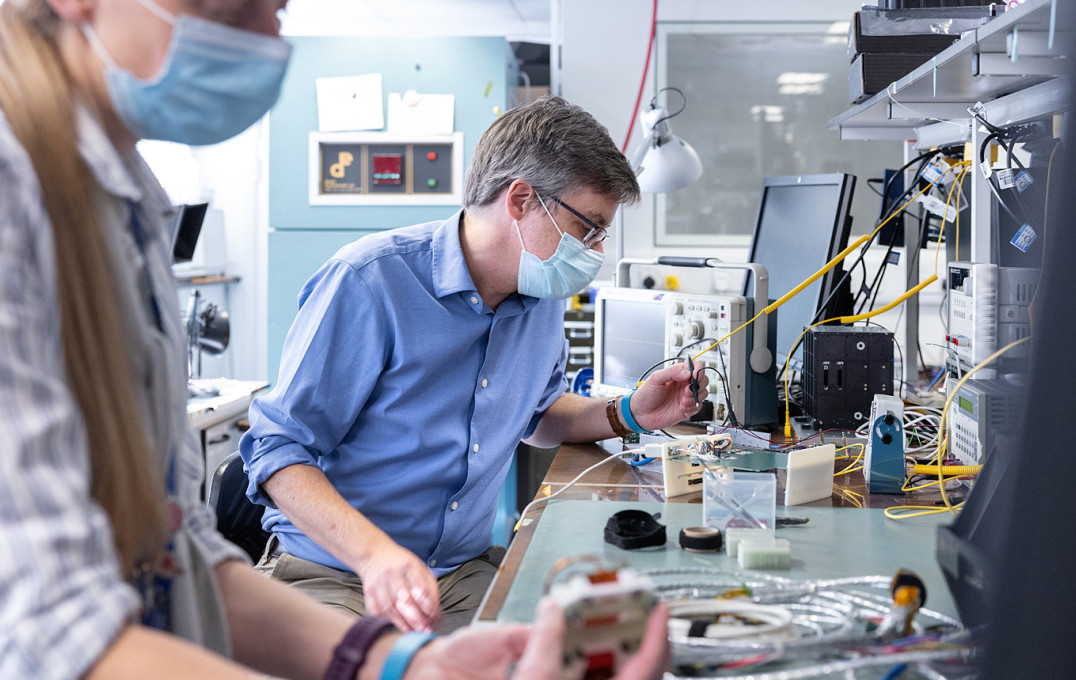
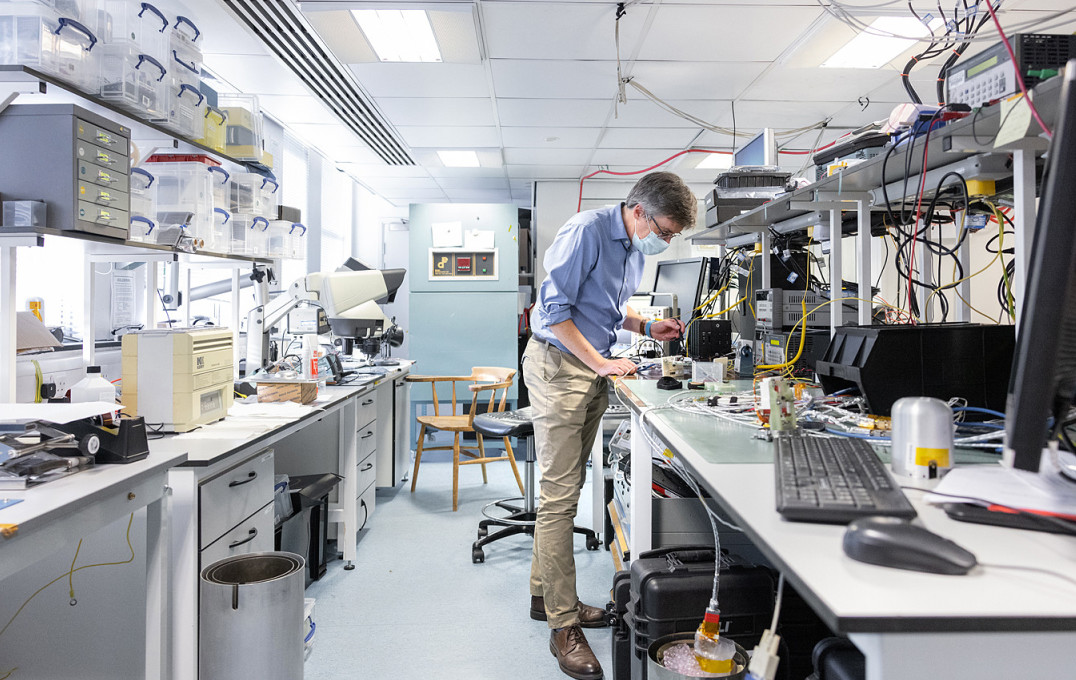



Leave a comment
Your comment may be published, displaying your name as you provide it, unless you request otherwise. Your contact details will never be published.